Huizhou cake
Huizhou cake, originally named "jujube mud crisp baked bread", is a traditional feature in Huizhou area, Anhui Province. During the Guangxu period, a caterer in Huizhou made this cake and sold it in Yangzhou. It was very popular with the eaters, so it was called "Huizhou cake" locally.
Huizhou, today's Huangshan City, Jixi County and Wuyuan County in Jiangxi Province. From the Eastern Han Dynasty, Xindu County, Xin'an County, Shezhou County, etc., Song Huizong Xuan and three years (1121 A.D.) changed Shezhou into Huizhou, three generations of Li, Ming and Qing Dynasties, unified "one government and six counties" (Huizhou Prefecture: Shexian, Xiuning, Wuyuan, Qimen, Yixian, Jixi, except Wuyuan. It belongs to Jiangxi Province, and the rest belong to Anhui Province.) The administrative edition is relatively stable. In July 1988, Huangshan City was officially established at Prefecture level.
Huizhou is the birthplace of Huizhou businessmen. During the Ming and Qing Dynasties, Huizhou businessmen dominated the Chinese business circles for more than 300 years, with the saying that "no town without Huizhou" and "Huizhou businessmen are all over the world". Huizhou culture is also Huizhou. The Huizhou School, which is composed of Huizhou merchants, Huizhou operas, Huizhou cuisine, Huizhou carvings, Xin'an Neo-Confucianism, Xin'an Medicine, Xin'an Painting School, Hui seal carvings, Hui architecture, Hui bonsai and other cultural schools, is more extensive and profound. It has the same influence as Dunhuang and Tibetology.
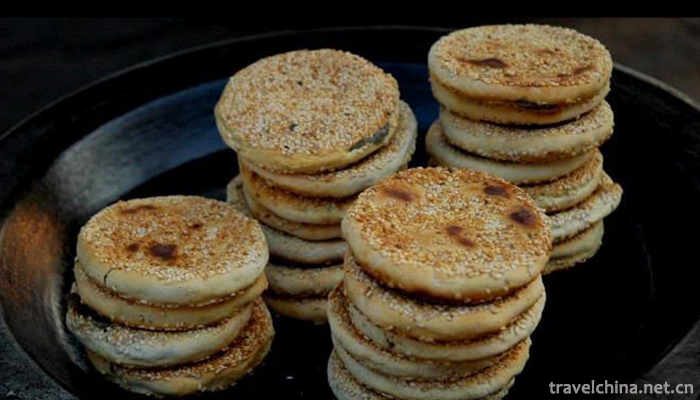
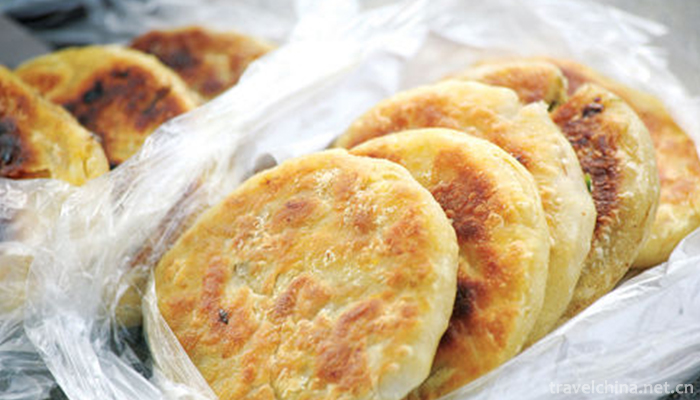
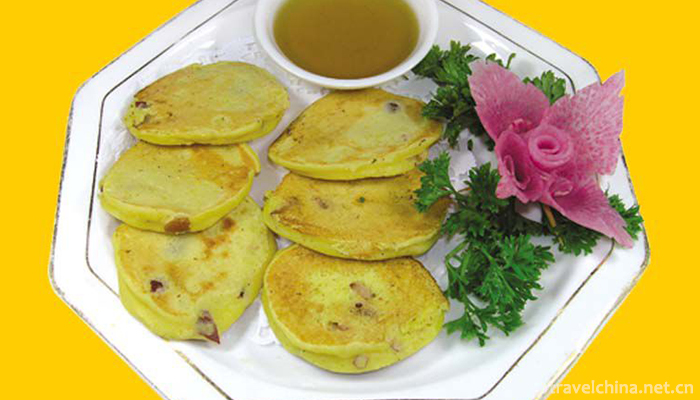
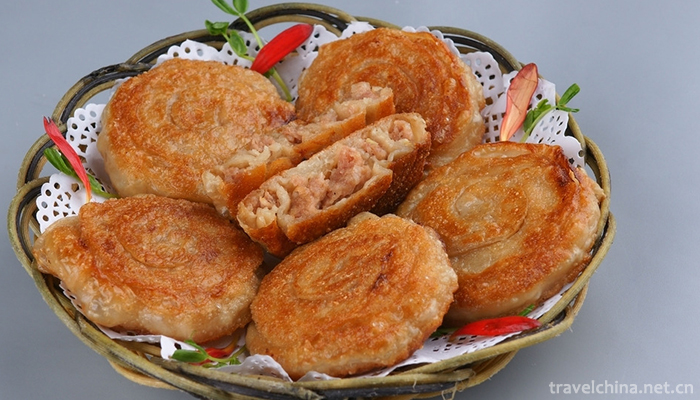
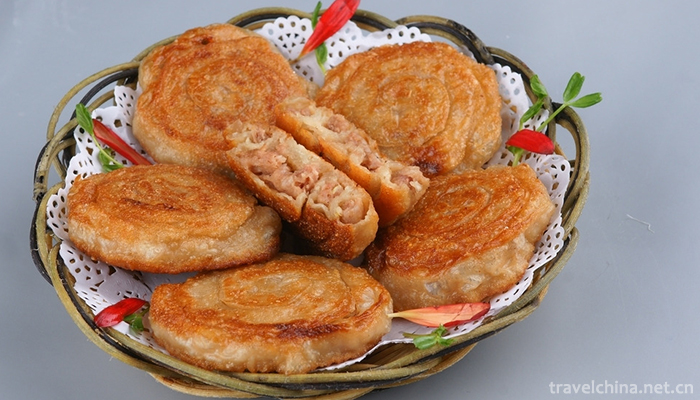
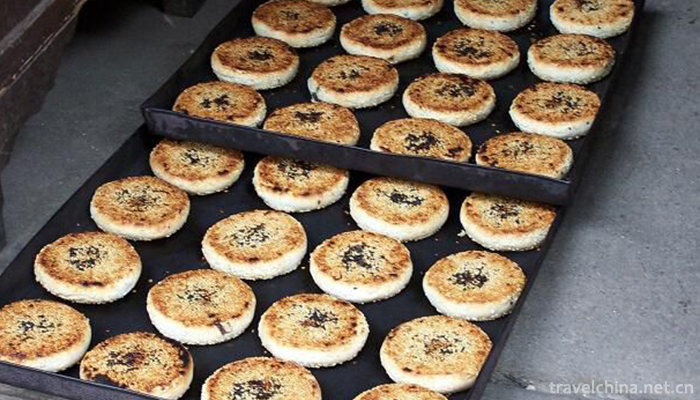
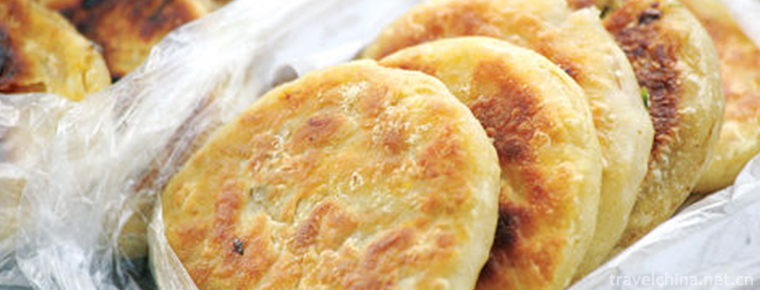
-
1.Nanshan Cultural Tourism Zone
Nanshan Cultural Tourist Area is located 40 kilometers southwest of Sanya City, Hainan Province. It is the southernmost mountain in China. It belongs to tropical marine monsoon climate.
Time 2018-12-12 -
2.Linhai Qishi Scenic Area
Linhai Qishi Scenic Area is located in Tangwanghe District, Yichun City, Heilongjiang Province. Scenic area covers 190 square kilometers. It is a new eco-tourism area and National Geological Heritage
Time 2019-01-30 -
3.Eight dishes
Eight-flavor dish is a delicacy, the main ingredients are green pepper, 1000 grams; soybean, 1000 grams; head vegetables, 3000 grams; sugar, 250 grams; vinegar, 250 grams; salt, 250 grams; soy sauce,
Time 2019-03-27 -
4.Rice custom
Wannian rice custom and Shangrao Wannian County custom are cultural heritage. Wannian is the "land of rice". The traditional rice custom has been passed down in this area for thousands of ye
Time 2019-04-26 -
5.Folk dance
Generally speaking, it refers to the form of dance which is produced and spread among the people, restricted by folk culture, improvised performance but relatively stable in style, and with self-enter
Time 2019-06-05 -
6.Munaozaiwa
In May 2011, Munaozaiwa declared by Dehong Dai Jingpo Autonomous Prefecture of Yunnan Province was listed in the third batch of national intangible cultural heritage list with the approval of the Stat
Time 2019-06-06 -
7.Taohuawu Wood Engraving New Year Picture
Taohuawu New Year Picture is a Folk Woodcut New Year Picture in the south of the Yangtze River. It was named for its production in the area of Taohuawu in Suzhou. It and the woodcut New Year pictures
Time 2019-06-18 -
8.Encouragement of Miao Nationality in Western Hunan
Encouraged by the Miao people in Western Hunan Province, the traditional dance of Tujia and Miao Autonomous Prefecture in Western Hunan Province is one of the national intangible cultural heritage.
Time 2019-07-03 -
9.Yangzhou Tanci
Yangzhou's performance of ci-poems is mainly based on speech and supplemented by singing and playing. The representative bibliographies are "Double Gold Ingot", "Pearl Tower", &quo
Time 2019-07-10 -
10.Yi Kezhi
Yi Kezhi is a popular oral literature of poetry style among the Yi people. It is the cultural accumulation formed by the Yi people in their long-term production and life, and has a very long history.
Time 2019-07-12 -
11.Civil Aviation Flight University Of China
The school is directly under the Civil Aviation Administration of China. Its predecessor was established in May 1956 with the approval of Premier Zhou Enlai. Chairman Mao Zedong appointed the aviation
Time 2019-08-31 -
12.Huangshan University
Huangshan University, formerly known as the Huizhou normal school, was founded in 1978. In December 1997, it merged with the Huizhou Junior College of University of Science and Technology of China. It
Time 2019-11-17